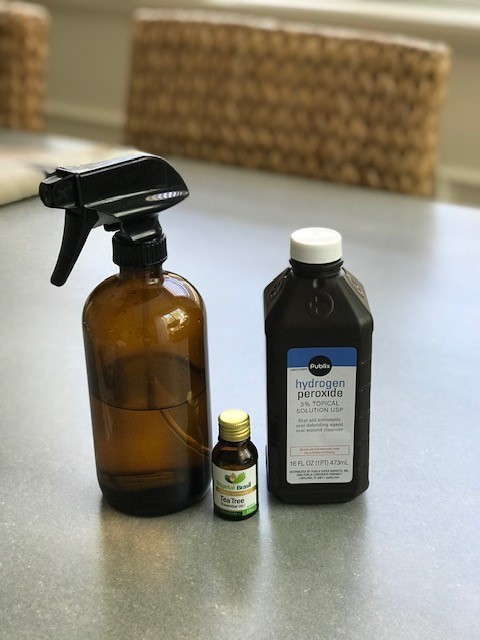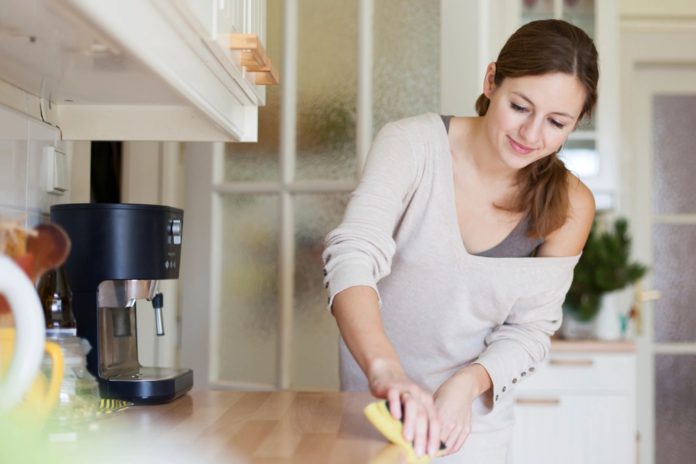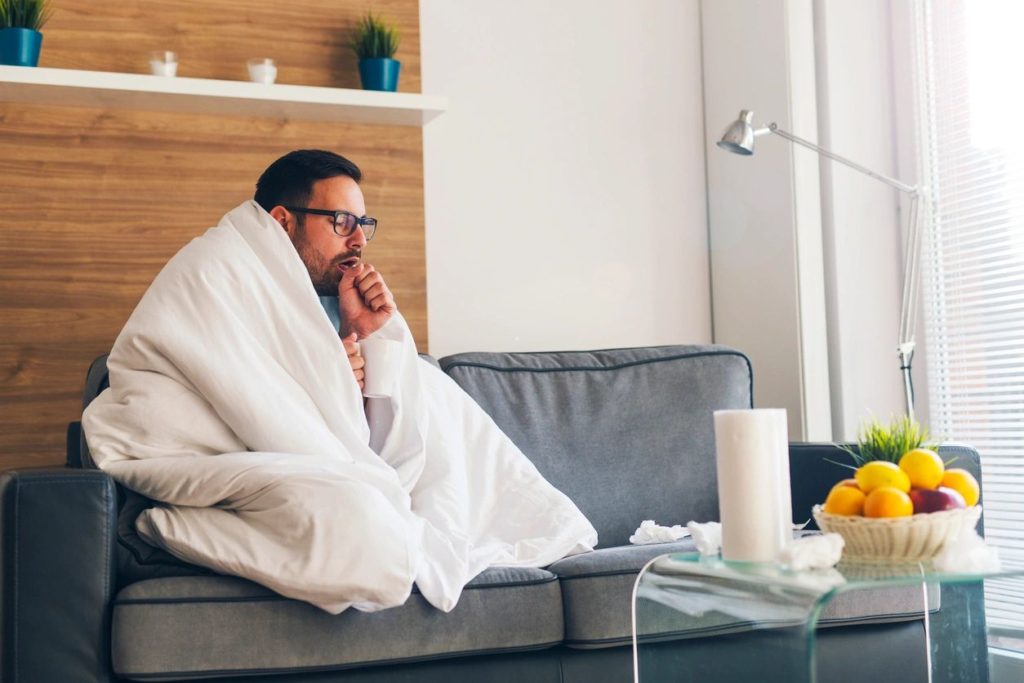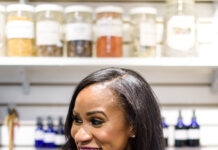We expect our homes to be our safe haven, a place of safety especially during stressful times such as cold and flu season. Outside of cold and flu season, germs are always lurking so we want to make sure our homes stay clean especially since most of us are traveling in and out of the home potentially bringing in virus and bacteria from the outdoors.
The reality is that throughout the year someone is often coughing or sneezing especially if you have kids in school. Now that we are in the midst of the COVID-19 pandemic, understanding how to effectively kill virus and bacteria without harsh toxins is even more important.
The best way to keep our homes bacteria and virus free is to include appropriate cleaning techniques in your cleaning routine. Effective cleaning is necessary to remove dirt and germs (bacteria, virus). Effective cleaning does not have to take hours because let’s face it, who has all that time? Effective cleaning involves using the right products and employing the use of time and proper technique.

In this article, I will give you 5 of my favorite natural cleaners to keep your home clean without the need to grab for a face mask while cleaning or worry about harming our kids, pets or plants.
As a child growing up in the Caribbean, nothing was clean until we bleached everything down. After countless cleanings and coming short of needing a gas mask to breathe. I have vehemently looked for other ways to keep my own home clean after learning how harmful harsh chemicals such as bleach can be to our environment and our bodies, as well as smelling pretty bad! This is the reason that I have decided to search for natural cleaners without the use of toxic or harsh chemicals.
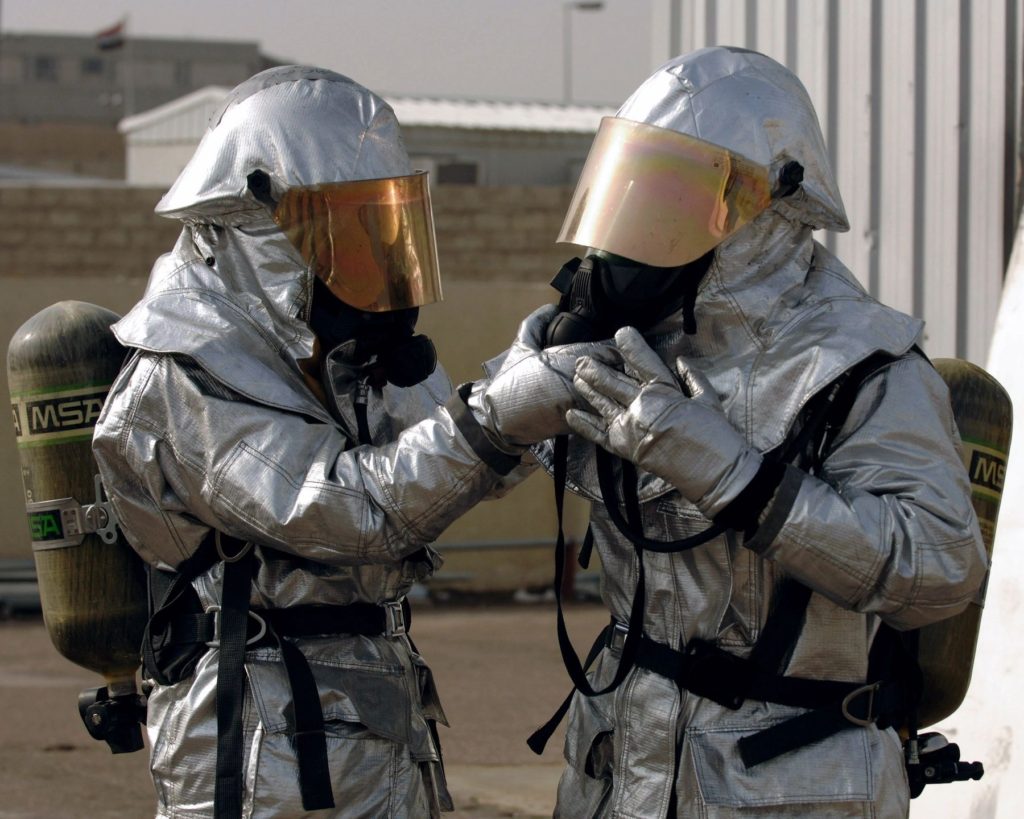
Before we get started, it is important to know a few basic things. The difference between bacteria and viruses and the difference between cleaning and disinfecting. Without getting too deep into biology class I will try to explain the difference between the two. Bacteria and virus can present similar symptoms of sneezing, coughing and running nose but they are very different.
Bacteria are single celled organisms that can survive without a host to live in. Most bacteria actually do not make us sick unless we have more bad bacteria than good bacteria. Most bacteria are actually beneficial to our bodies and can help us remain healthy. When we take antibiotics it is possible to kill both bad and good bacteria.
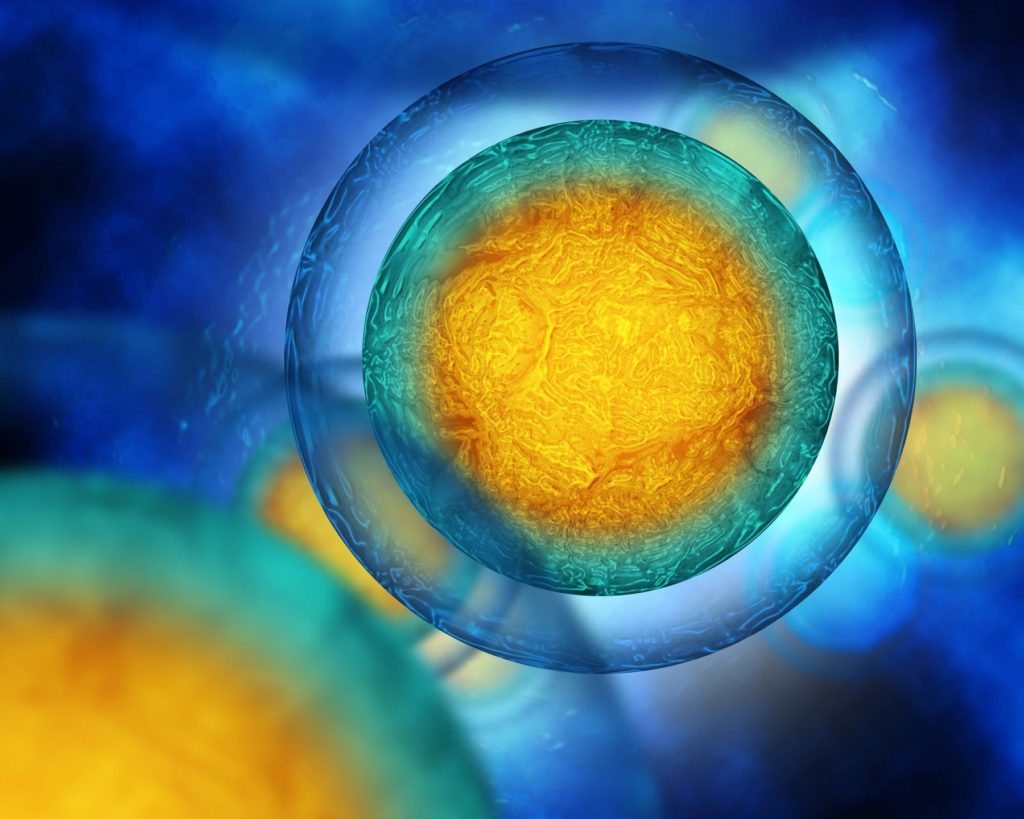
Virus are smaller than bacteria and need a host to survive. They usually survive only short periods of time outside of the body. Some viruses such as the COPID-19 are noted to survive on different surfaces for varying time-frames. Common illnesses like flu and colds are caused by viruses. Antibiotics do not kill viruses. The term germs usually refers to bacteria, virus, fungus, mold and other grimy things!
Now that we know what germs are, let us address the difference between cleaning and sanitizing. Cleaning can physically removes dirt from a surface but does not kill germs. Sanitizing and disinfecting kills germs from surfaces or brings them to a low level that prevents contamination or spreading infections.
The first stage in cleaning is to reduce exposure to germs and dirt in the home in first place. Good habits such as not bringing soiled clothing and shoes into the home and practicing effective handwashing and hygiene are vital to reducing the time and effort spent cleaning and the incidence of bringing germs into the home from outside. Using a garage, mudroom area or a handwashing station prior to moving around the home, helps to keep germs at bay.
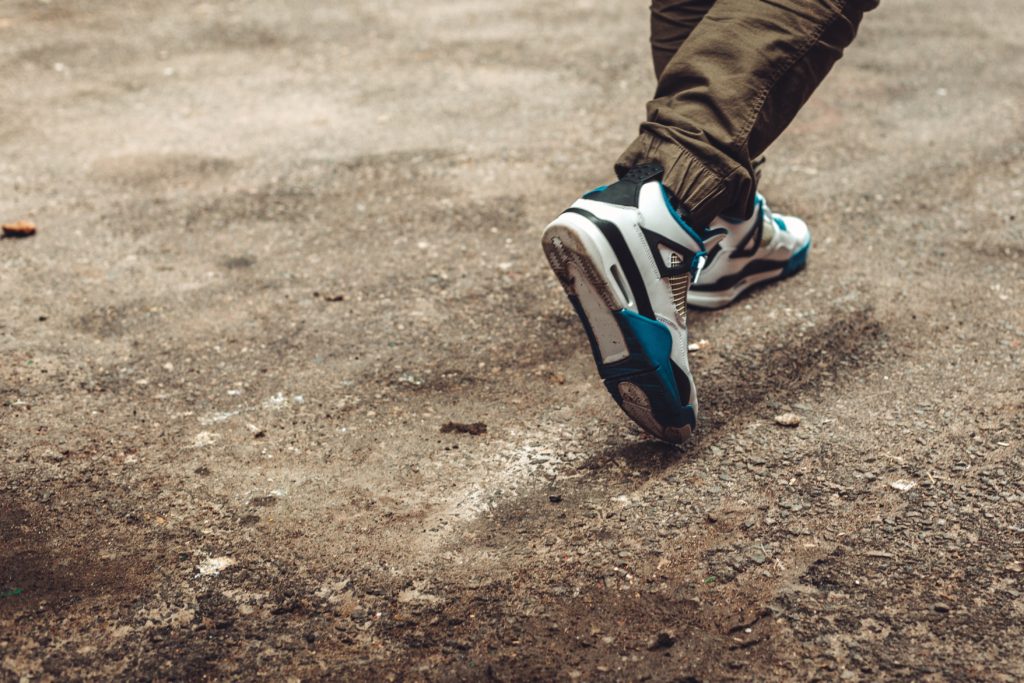
Before using disinfecting cleaners common soap and water are useful to clean first in order to remove dirt since germs can hide below dirty surfaces. Just a note, antibacterial soaps are not necessary, regular soap and water will do the job. Clean the surface with soap and water first, then the second thing to consider is using a disinfectant. When using disinfectants dwell time makes a difference, disinfectants need between 2-5mins to be effective against killing germs. So spray your surface and then do something else for a few minutes and then wipe the surface.
Now that we have discussed the basics, here are my 5 favorite natural cleaners:
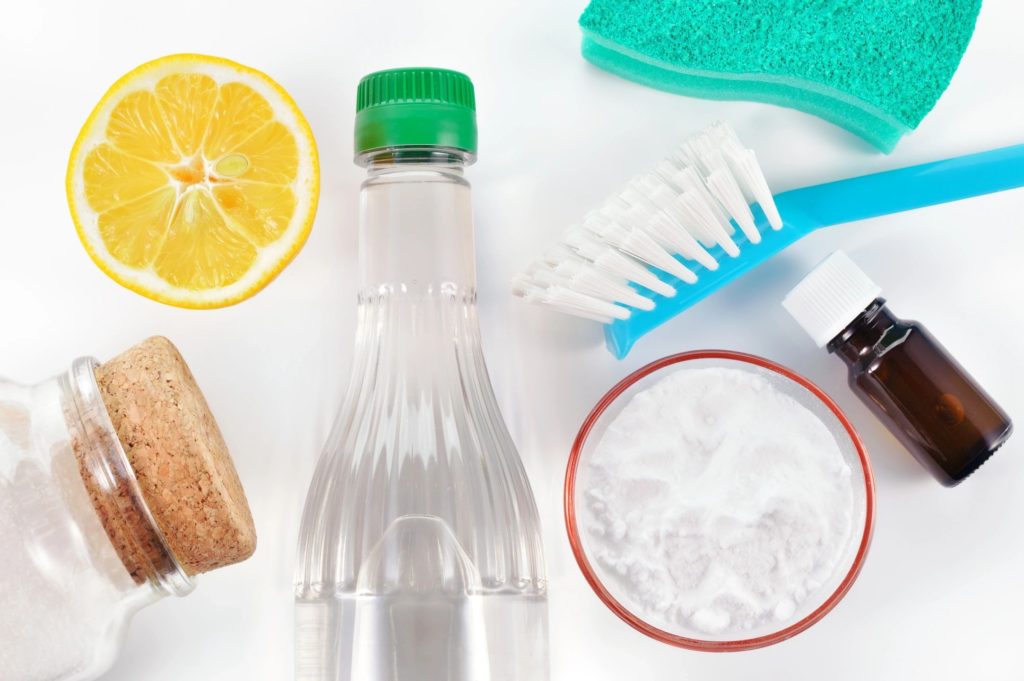
1. Hydrogen Peroxide
This wonderful disinfectant has so many uses! For the purpose of this article, I will stick to its wonderful cleaning powers. According to WiseGeek, hydrogen peroxide is a combination of hydrogen and oxygen. Its chemical description is H2O2. In high concentrations, it can be unstable and even poisonous. In lower concentrations, such as the types found in many homes, it works well as a disinfectant and antiseptic. I prefer to use it full strength but for most surfaces you can dilute it.
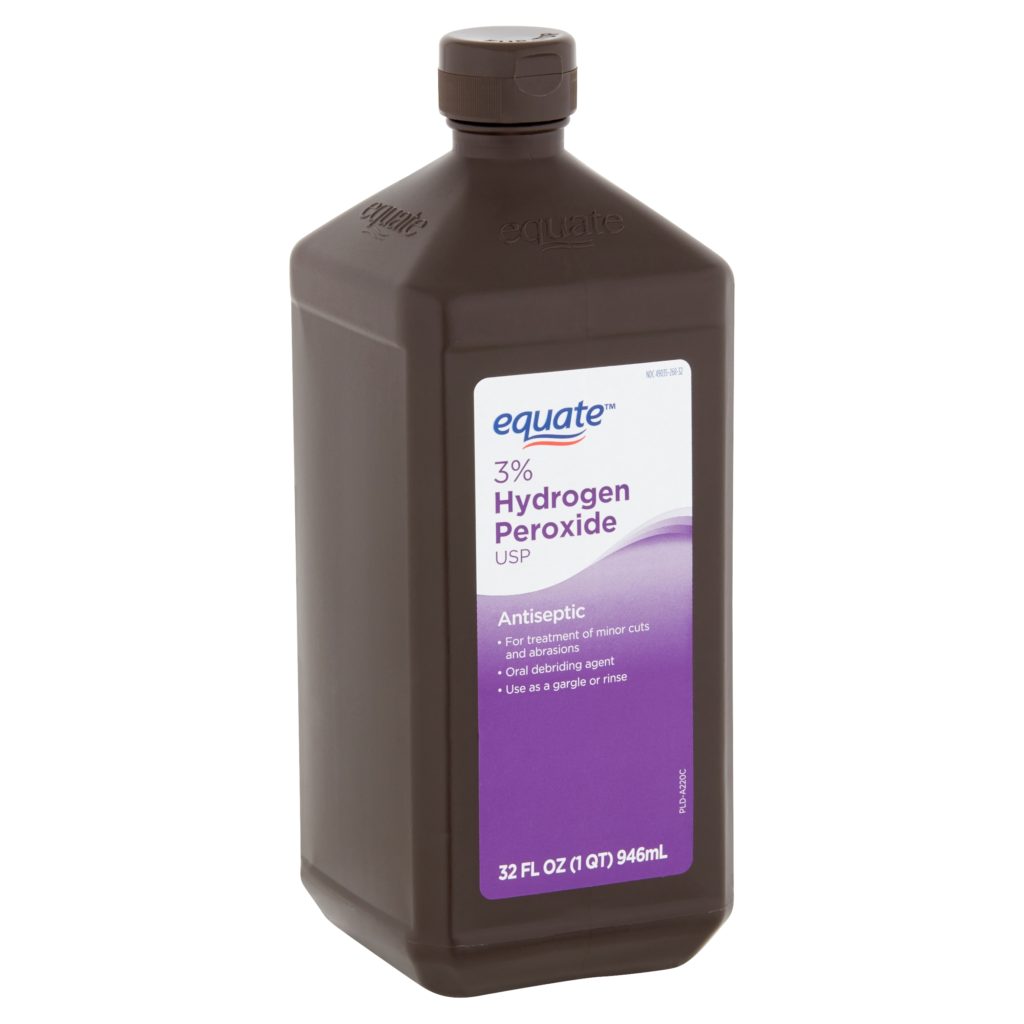
Hydrogen Peroxide Disinfectant
1 part Hydrogen Peroxide
1 part water
mix together in a spray bottle
2. Alcohol
Rubbing alcohol is sometimes called ethanol, isopropyl but they are all the same. According to wiseGeek, alcohol is a distilled product. Ethanol alcohol, sometimes called ethyl or grain alcohol, is a clear substance often made from fermented sugars. The difference at times can be the percentage of alcohol present. A word of caution when using alcohol in the kitchen or around open flames because it is extremely flammable. I like adding essential oils to my alcohol mixture to produce a nice aromatic cleaner.
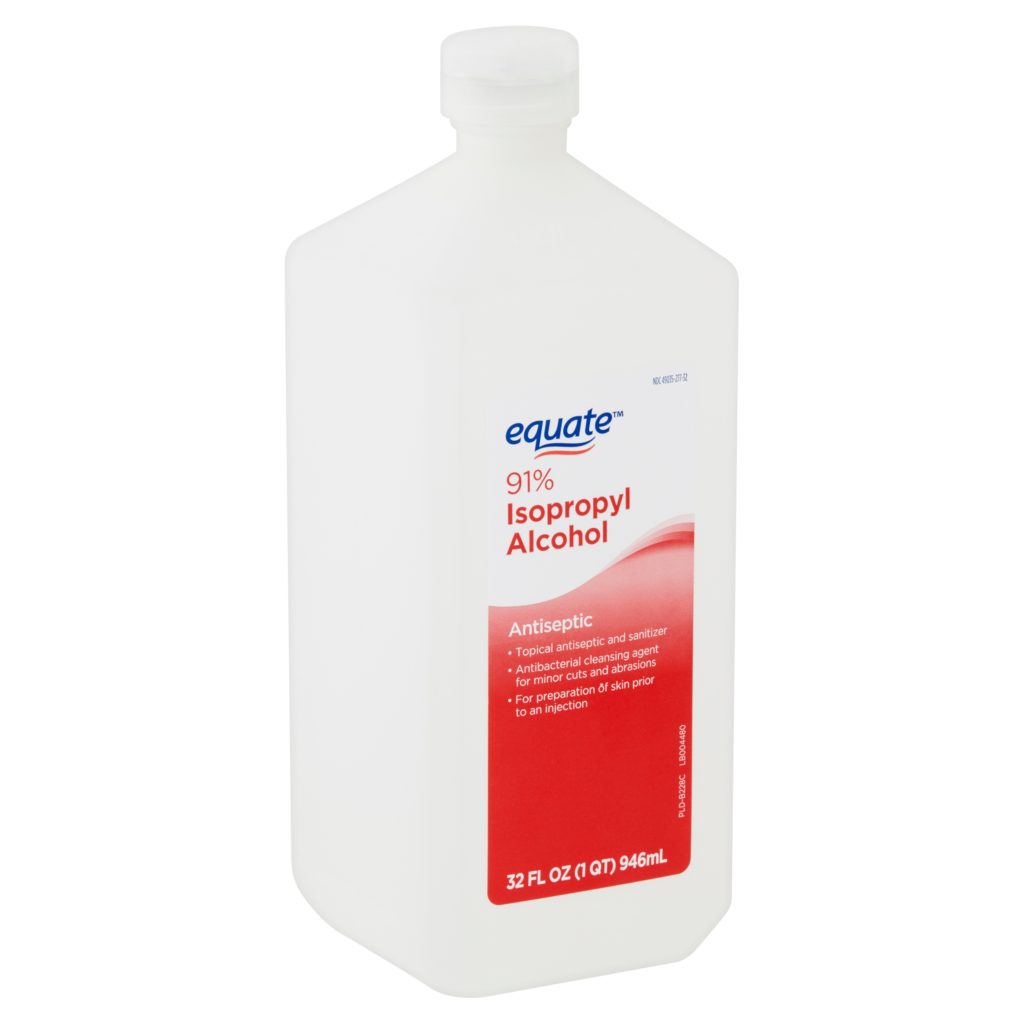
Rubbing Alcohol Disinfectant
1 Part Alcohol
1 Part Water
10-20 Drops essential oil
Mix in a spray bottle
3. Borax
Borax is usually sold in powder form and has been around for ages as a powerful disinfectant and also a great pesticide. According to WiseGeek, borax is the common name for sodium borate, is a mineral widely used as a home cleaning product. Best known as a detergent and a cleanser, it has a wide number of potential uses in the home. Borax also kills fungus such as mold.
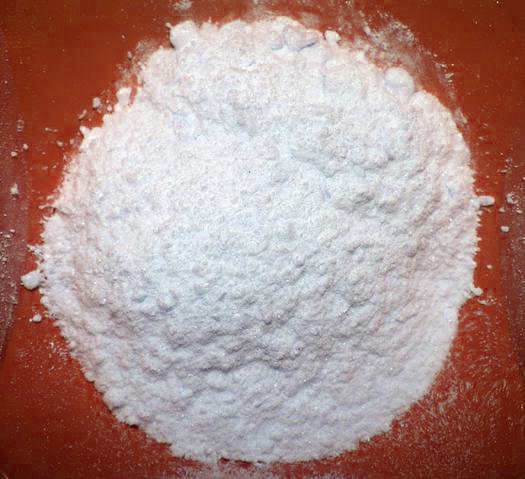
Borax Disinfecting Spray
1/3 Cup Borax Powder
8 oz Warm Water
Fully dissolve the borax in warm water and pour into spray bottle
Spray on surface and allow to sit for 2 mins
4. Lemon Juice or Citric Acid
Lemon juice on its own can be a powerful cleaner but for it to be a disinfectant its best to use citric acid or combine it with another cleaner such as borax powder. Again, a powerful essential oil added to this cleaner not only allows it to smell great, but boosts sanitizing powers.
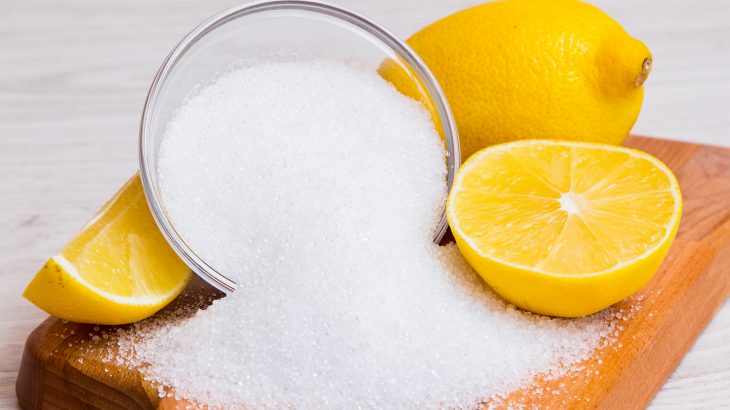
Lemon Juice and Borax Disinfectant
Two tablespoons Borax
1/4 Cup Lemon Juice or Citric Acid
2 Cups Warm Water
20 drops tea tree or thyme oil
Fully dissolve the borax in water, add the lemon juice and pour into spray bottle .
Spray on surface and let it sit for 2 minutes
5. Steam Cleaning
I bought a Bissel Steam cleaner years back and now have revamped it from the garage after I learned that steam is an excellent way to disinfect surfaces. The magical thing about steam cleaning is that it containers zero chemicals and all you need it water! Steam cleaning should be considered by anyone who has sensitive skin or lungs because it is 100% safe as long as you stay away from the direct hot steam to prevent burns. After looking at various types to suggest to you, I am back to the Bissel Steam cleaner such as this one. It is a complete steam clean system and according to reviews, produce a satisfactory result.
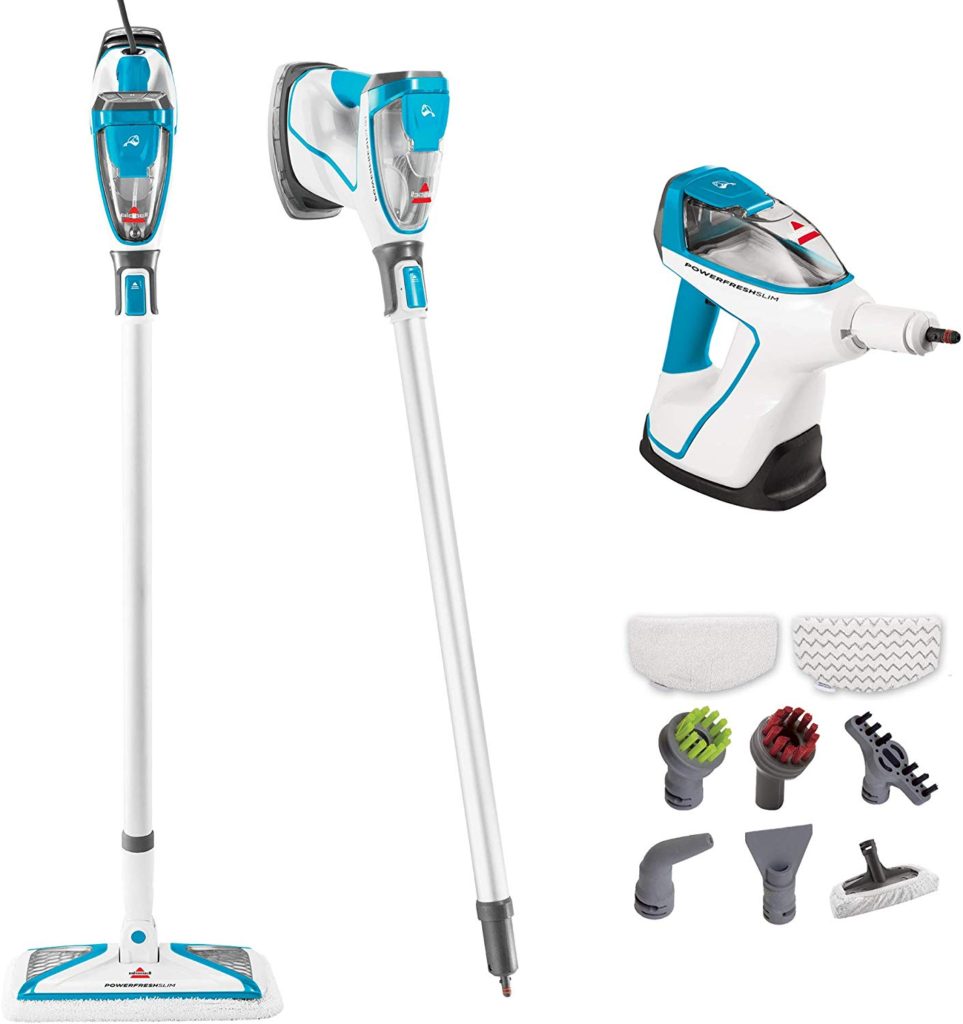
Now which is my favorite? it depends on what I am cleaning, for the floors I love the Bissel Steam cleaner after removing dirt with a vacuum or broom. For surfaces, I like a nice peroxide spray cleaner mixed with tea tree oil. I love the smell of tea tree essential oil and it also have powerful antiseptic qualities. For your home, I recommend you use what is more comfortable for you while remembering to follow CDC recommendations. The views expressed in this article is by no means meant to give medical or clinical advice but novelty in nature. Always consult a professional before trying anything new. Stay clean, stay safe.
Ally
